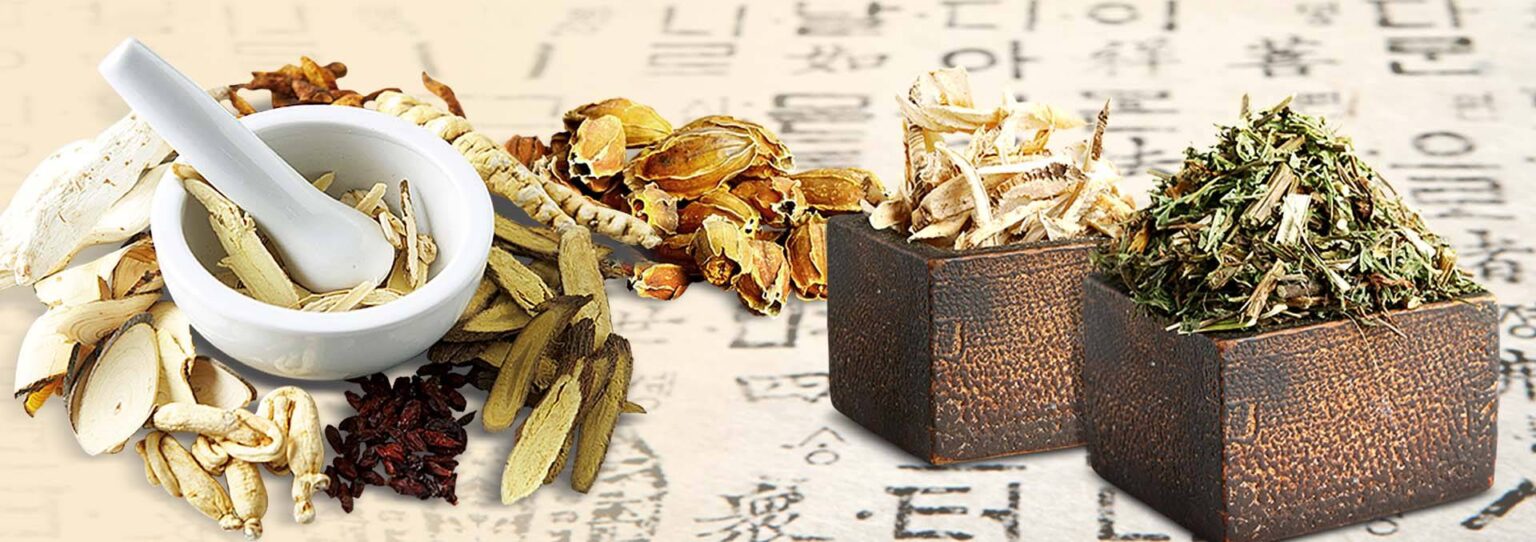
Introducing Kampo Medicine
Overview of Kampo Medicine
Kampo medicine is a medical system that has been systematically organized based on the reactions of the human body to therapeutic interventions. With its roots in ancient Chinese medicine, this antecedent form of empirical medicine was introduced to Japan in approximately the 5th to 6th century. It subsequently developed into a unique form of medicine by adapting to the climate and culture of Japan, and was further refined to suit the constitutions of the Japanese people before evolving into a distinct form of traditional medicine. During the 17th century, Kampo medicine underwent a period of major development that produced the style that is practiced today. The word “kampo” was originally created to distinguish it from “rampo,” a term used to describe Western medicine that was introduced to Japan by the Dutch. Kampo also differs from traditional Chinese medicine and traditional Korean medicine. In fact, Kampo medicine is a uniquely Japanese form of medicine.
Ishinpo consists of medical knowledge and theories from several hundred Chinese and Korean medical texts that were compiled from antiquity to the Sui and Tang Dynasties. The oldest surviving medical encyclopedia in Japan, it was written by Yasuyori Tanba in 984 A.D. The original text, called the Nakarai Family’s Denpon, is designated as a national treasure and is kept at the Tokyo National Museum. Ishinpo Vol. 22 contains illustrations and texts of the sequential process of fetation and the regimen for the mother during the months of pregnancy. The text also includes illustrations of meridians and acupuncture points that are contraindicated for needling and moxibustion during each month of pregnancy. Many ancient texts have been lost, and this is why Ishinho is invaluable in understanding medical practices prior to and during the Tang Dynasty.
In March 2010, Nikkei Medical Custom Publishing announced the latest results of their online survey of physicians on “the use of and attitude towards Kampo medicines in 2010.” According to the survey, 86.3% of the physicians currently prescribe Kampo medicines, demonstrating their extensive use in medical practices. The main reasons cited by physicians for prescribing Kampo medicines included, “Western medicine has inherent limits” (51.1%), followed by “swayed by a wave of scientific evidence of Kampo medicines presented at academic societies” (34.6%) and “strong demand from patients” (24.6%). The most widely prescribed Kampo medicine was kakkonto (70.2%), followed by daikenchuto (50.2%) and shakuyakukanzoto (49.2%). In particular, the use of daikenchuto, rikkunshito, and yokukansan has increased dramatically with the accumulation of supporting scientific evidence.
